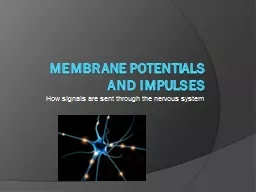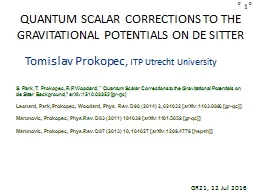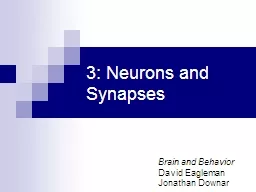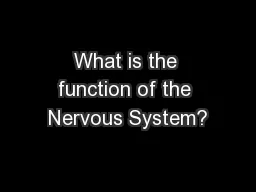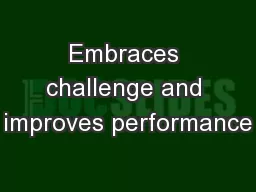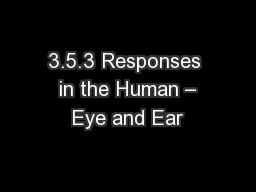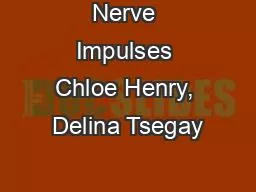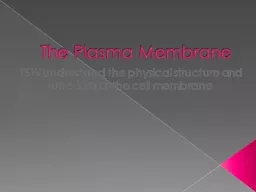PPT-Membrane Potentials and Impulses
Author : tatiana-dople | Published Date : 2016-05-10
How signals are sent through the nervous system Synapse Synapse Junction between two connecting neurons Synaptic cleftbetween the neurons signal has to go across
Presentation Embed Code
Download Presentation
Download Presentation The PPT/PDF document "Membrane Potentials and Impulses" is the property of its rightful owner. Permission is granted to download and print the materials on this website for personal, non-commercial use only, and to display it on your personal computer provided you do not modify the materials and that you retain all copyright notices contained in the materials. By downloading content from our website, you accept the terms of this agreement.
Membrane Potentials and Impulses: Transcript
Download Rules Of Document
"Membrane Potentials and Impulses"The content belongs to its owner. You may download and print it for personal use, without modification, and keep all copyright notices. By downloading, you agree to these terms.
Related Documents

